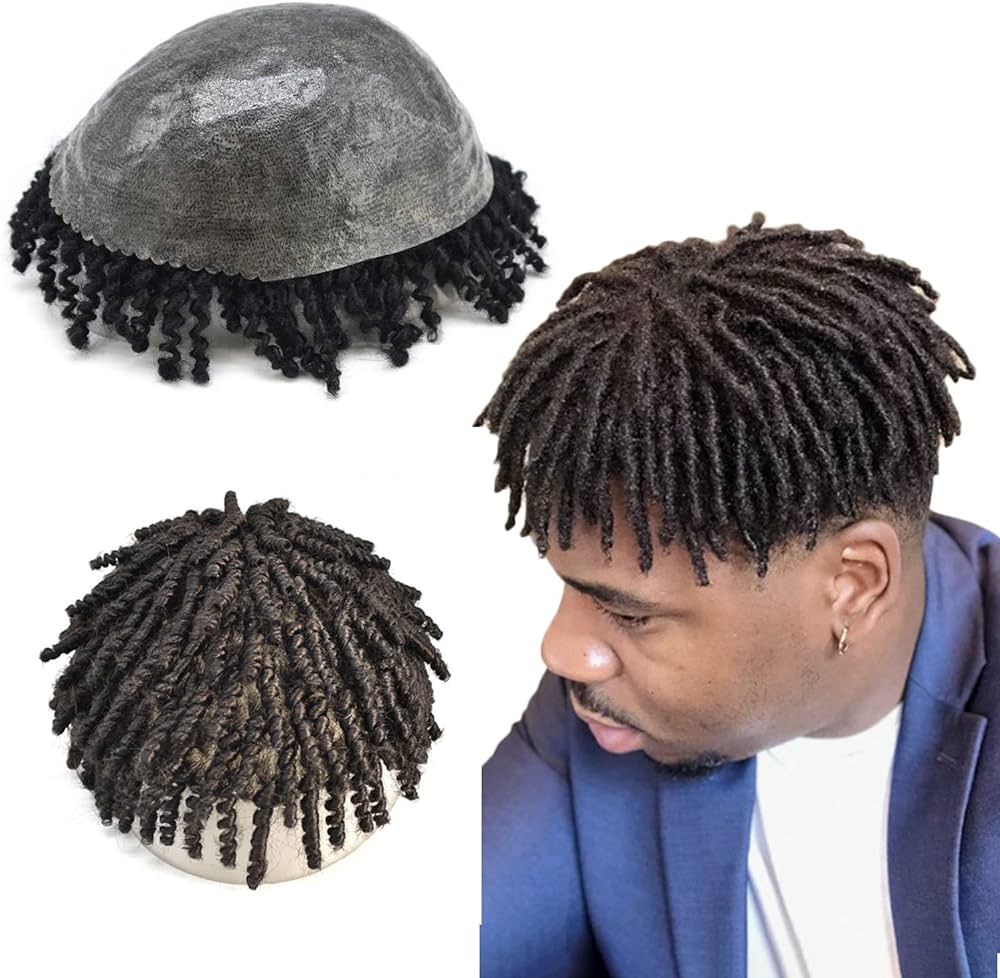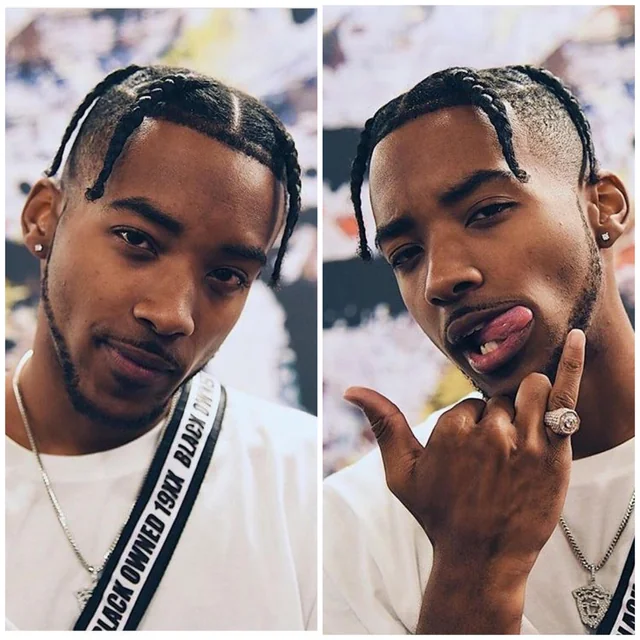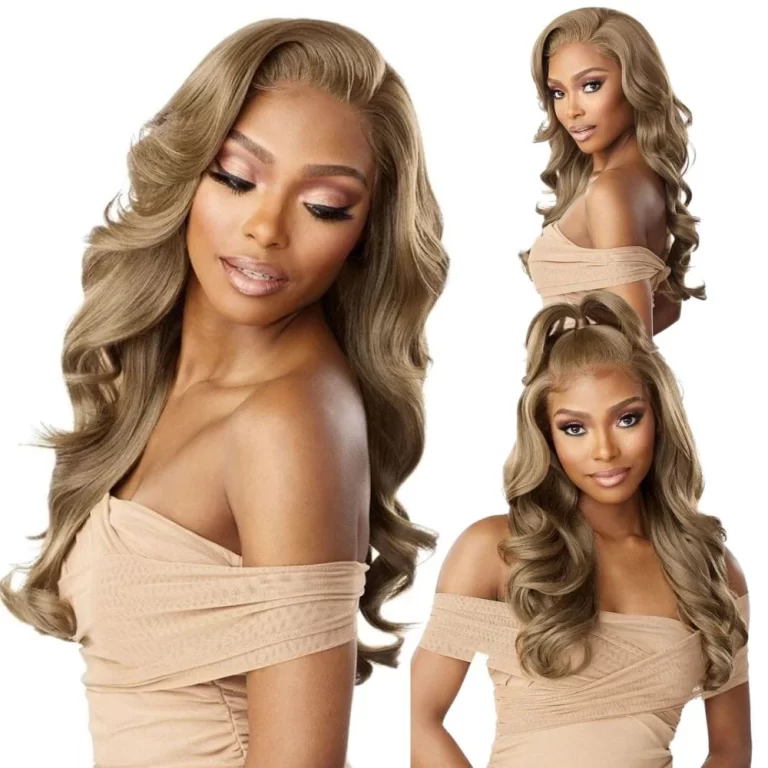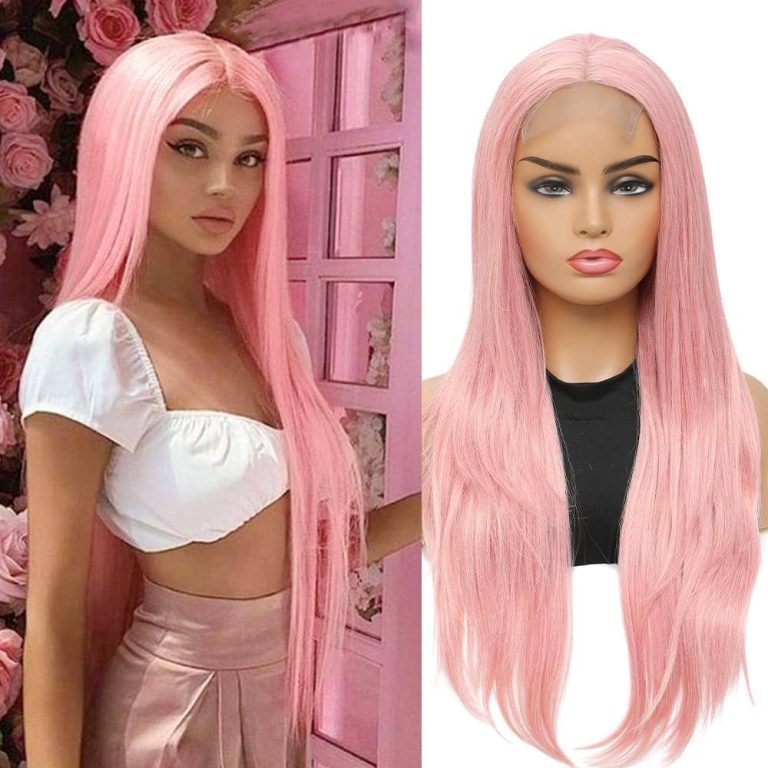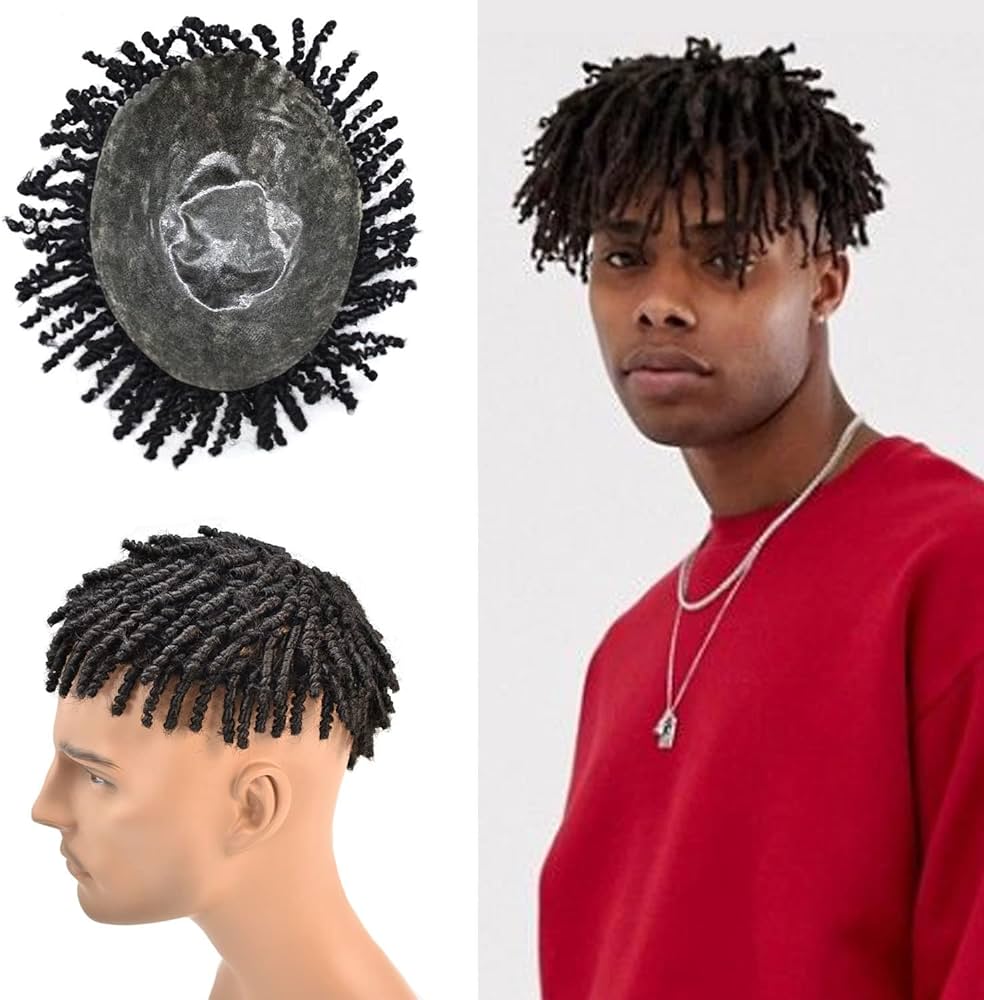
Braids Black Men
The Power of Braids: Celebrating Identity and Heritage for Black Men
Braids hold a sacred place in Black culture. Their story begins in ancient Africa. Egyptian pharaohs sported intricate cornrows. Ethiopian warriors wore dreadlocks as symbols of strength. Nigerian tribes used braids to signify status and tribe. These styles weren’t just aesthetic; they carried deep cultural meanings.
Survival and Resilience During Slavery
The transatlantic slave trade brutally disrupted these traditions. Slavers cut off slaves’ hair, aiming to erase their identities. Yet, the enslaved people’s spirit remained unbroken. They secretly braided escape routes into their hair. Seeds and maps woven into braids aided their flight to freedom. Braids became a silent language of resistance.
The Natural Hair Movement of the 1960s
The 1960s ushered in a new era for Black hair. Civil Rights activists rejected Eurocentric beauty standards. They embraced afros, cornrows, and dreadlocks. Icons like Angela Davis and Bob Marley made these styles symbols of Black pride. Their bold choices challenged racist norms. Natural hair became a political statement.
Hip-Hop’s Influence on Braided Styles
The 1980s and 90s saw braids explode in popularity, thanks to hip-hop. Rappers like Snoop Dogg and Allen Iverson rocked cornrows. Their influence spread far beyond music. Braids became synonymous with urban cool. They represented creativity, individuality, and a connection to roots. Black men used braids to reclaim their narratives.
Breaking Down Workplace Barriers
Despite their rich history, braids faced stigma in professional settings. Corporate America often deemed them “unprofessional.” Black men fought back. They wore braids in boardrooms, courtrooms, and political offices. Their courage paved the way for change. Slowly, workplaces began to recognize that hair doesn’t define competence.
Athletes and Celebrities Embrace the Style
Sports stars played a pivotal role in normalizing braids. David Beckham and Travis Scott adopted the style. Their influence transcended racial boundaries. Braids became a global trend. Yet, Black men remained at the heart of this movement. They reminded the world of braids’ cultural significance.
High Fashion Discovers Braids
The fashion world took notice. Luxury brands like Gucci and Louis Vuitton featured braided models on runways. This mainstream recognition was a double-edged sword. It celebrated the style but often overlooked its Black origins. Black men spoke up, ensuring their cultural legacy wasn’t erased.
A Canvas for Personal Expression
Today, braids offer endless possibilities for self-expression. Box braids, twists, fades, and more allow for personal flair. Men experiment with colors, patterns, and lengths. These choices reflect personality, mood, and lifestyle. Braids have become a creative outlet, a way to stand out or fit in.
The Battle Against Hair Discrimination
Despite progress, hair discrimination persists. Some schools and workplaces still ban braids. These policies disproportionately affect Black men. Advocates fight back with legislation like the CROWN Act. These laws protect the right to wear natural hairstyles. They mark a significant step toward ending hair-based bias.
Social Media Amplifies Visibility
Social platforms have revolutionized braids’ visibility. Instagram and TikTok showcase diverse styles daily. Influencers and celebrities share their braiding journeys. This exposure normalizes braids. It inspires more men to embrace their natural hair. Online communities offer support, tips, and celebration.
Barbers: The Custodians of Culture
Black barbers are the unsung heroes of this movement. Their shops are more than just businesses. They’re community hubs, places of bonding and cultural exchange. Barbers pass down traditional techniques. They turn hair into art. Their role in preserving and evolving braided styles is invaluable.
Health Benefits of Braided Styles
Braids offer practical advantages. They protect hair from daily wear and tear. They require less frequent washing and styling. However, proper care is crucial. Men learn to moisturize scalps, avoid tightness, and maintain edges. This care routine becomes a form of self-love and mindfulness.
Braids and Mental Well-being
Embracing braids can significantly boost self-esteem. It’s a rejection of harmful beauty standards. Men feel proud of their natural hair. This confidence radiates into other aspects of life. Braids become a symbol of mental resilience. They represent self-acceptance in a world that often demands conformity.
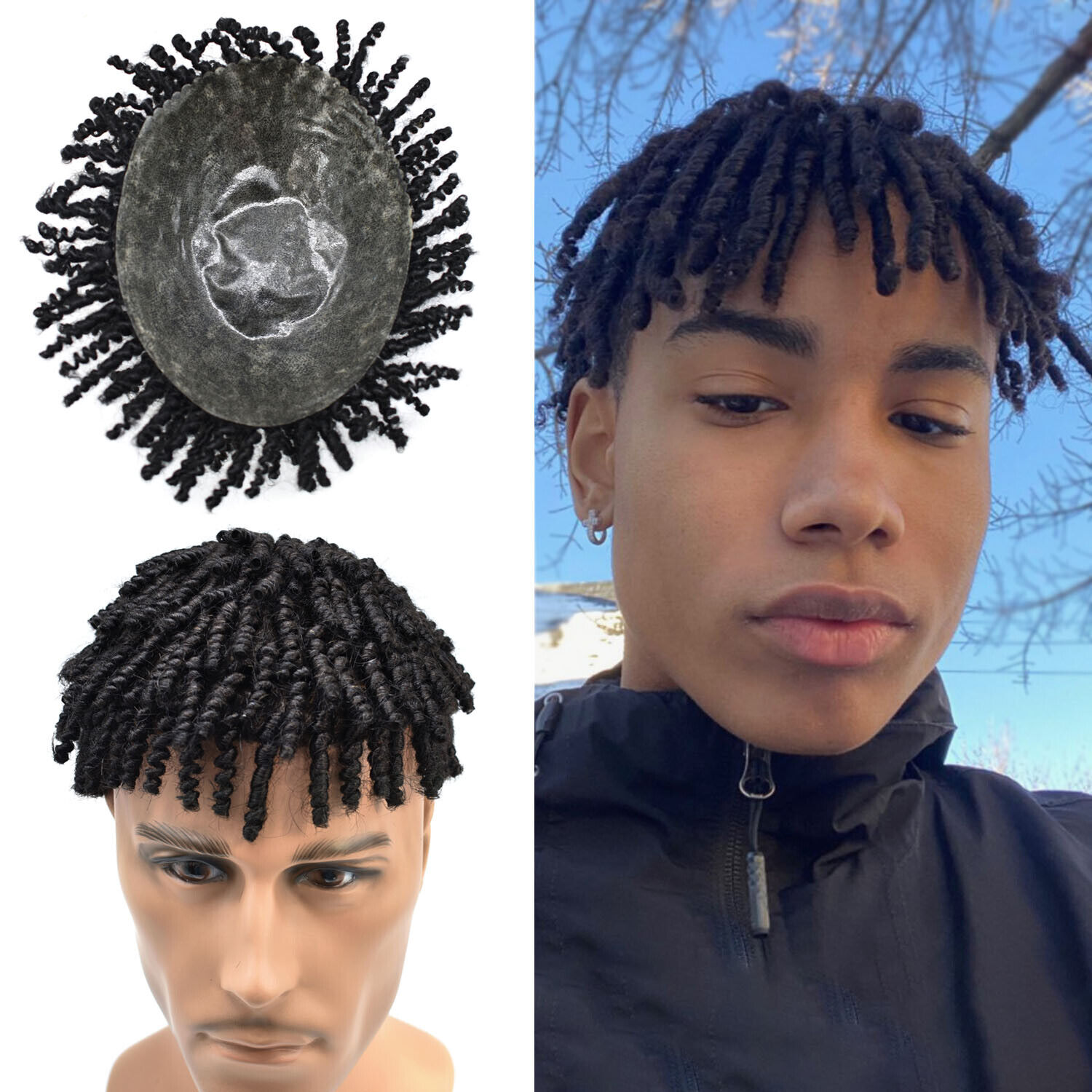
Passing the Torch: Teaching the Next Generation
Fathers and mentors play a crucial role. They teach young boys about their hair’s beauty and history. They demonstrate braiding techniques and care routines. This knowledge is more than just hair care. It’s a rite of passage, a connection to ancestors. It ensures the tradition continues with pride.
Global Spread and Cultural Conversations
Braids have transcended borders. Men worldwide adopt the style. This global embrace raises important questions. Black men lead conversations about cultural appropriation. They educate others on braids’ deep significance. These dialogues promote respect and proper attribution.
Innovation and Futuristic Styles
The world of braids continues to evolve. Stylists push boundaries with new techniques. They incorporate beads, metallic threads, and geometric patterns. These innovations keep braids fresh and relevant. They prove that this ancient style has a vibrant future.
Braids in Film and Television
Media representation is changing. More TV shows and films feature Black men with braids. These characters are complex, breaking away from stereotypes. They’re lawyers, doctors, tech innovators. This representation normalizes braids in every sphere of life. It shows Black boys that their hair doesn’t limit their dreams.
Braids and Political Activism
Braids remain intertwined with activism. Black Lives Matter protesters wear them as symbols of unity. Politicians and activists use their hair to make statements. Braids become a visual shorthand for resistance, resilience, and pride. They carry the torch of past civil rights movements.
Addressing Cultural Appropriation
As braids gain global popularity, cultural appropriation becomes a concern. White celebrities and influencers often wear braids without understanding their history. Black men speak out. They demand recognition and respect. They educate others on the difference between appreciation and appropriation.
The Science of Braiding
Modern research validates ancient wisdom. Studies show braids protect hair from damage. They help retain moisture and promote growth. This scientific backing adds legitimacy. It counters myths that braids are “unhygienic” or “damaging.” Black men use this knowledge to advocate for their hair choices.
Braids in the Corporate Ladder
More Black men with braids are climbing the corporate ladder. They become CEOs, board members, and thought leaders. Their success challenges outdated notions of professionalism. They prove that competence and leadership have nothing to do with hair. Their achievements open doors for the next generation.
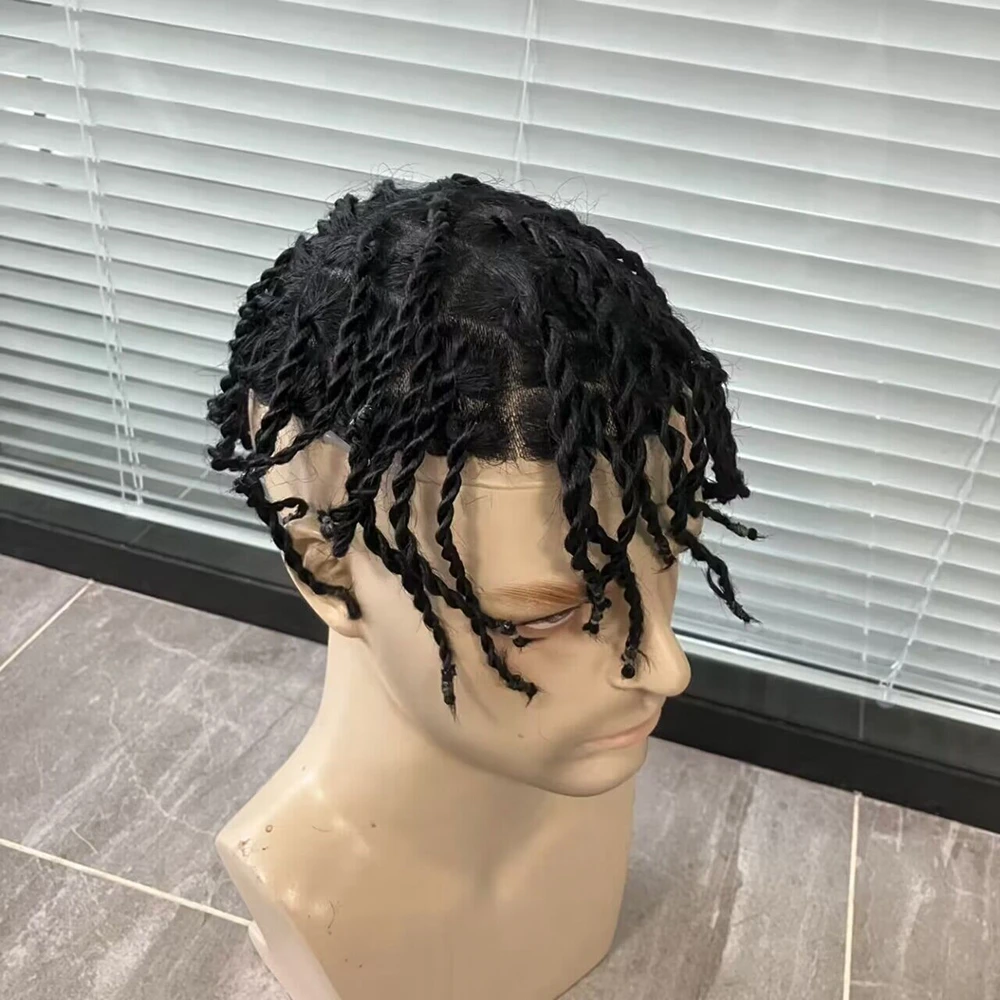
The Role of Social Media Algorithms
Social media algorithms play a dual role. They amplify braided styles, connecting global communities. But they can also perpetuate stereotypes. Black men work to influence these algorithms. They flood platforms with positive images. This digital activism shifts narratives and perceptions.
Braids and Fatherhood
Black fathers use braids to bond with their children. They spend hours braiding daughters’ hair, teaching sons. This intimate act carries weight. It heals generational traumas around hair. It creates new memories, new traditions. Braids become a symbol of paternal love and care.
The Environmental Aspect
Natural hairstyles like braids align with eco-consciousness. They require fewer chemical products. This reduces environmental impact. Black men lead discussions on green beauty. They champion organic, locally-sourced hair products. Braids become a statement of environmental responsibility.
Braids in Academia and Research
Black scholars study braids’ sociocultural impact. They publish papers, host conferences. Their work legitimizes braids in academic circles. It challenges Eurocentric beauty norms in scholarly spaces. This research ensures braids’ history is documented and respected.
The Future: Braids as a Universal Symbol
The future of braids is boundless. They’re poised to become a universal symbol of identity. Black men will continue to lead this charge. They’ll innovate styles, challenge norms, and share their stories. As the world embraces diversity, braids will stand as a testament to the resilience and creativity of Black culture.
Braids are more than strands woven together. They’re a tapestry of history, resistance, and self-love. For Black men, they’re a crown, a battle cry, a quiet revolution. Each braid carries the stories of ancestors, the hopes of the present, and the promises of the future. In every twist and knot, Black men declare: “This is who I am, unapologetically.”
